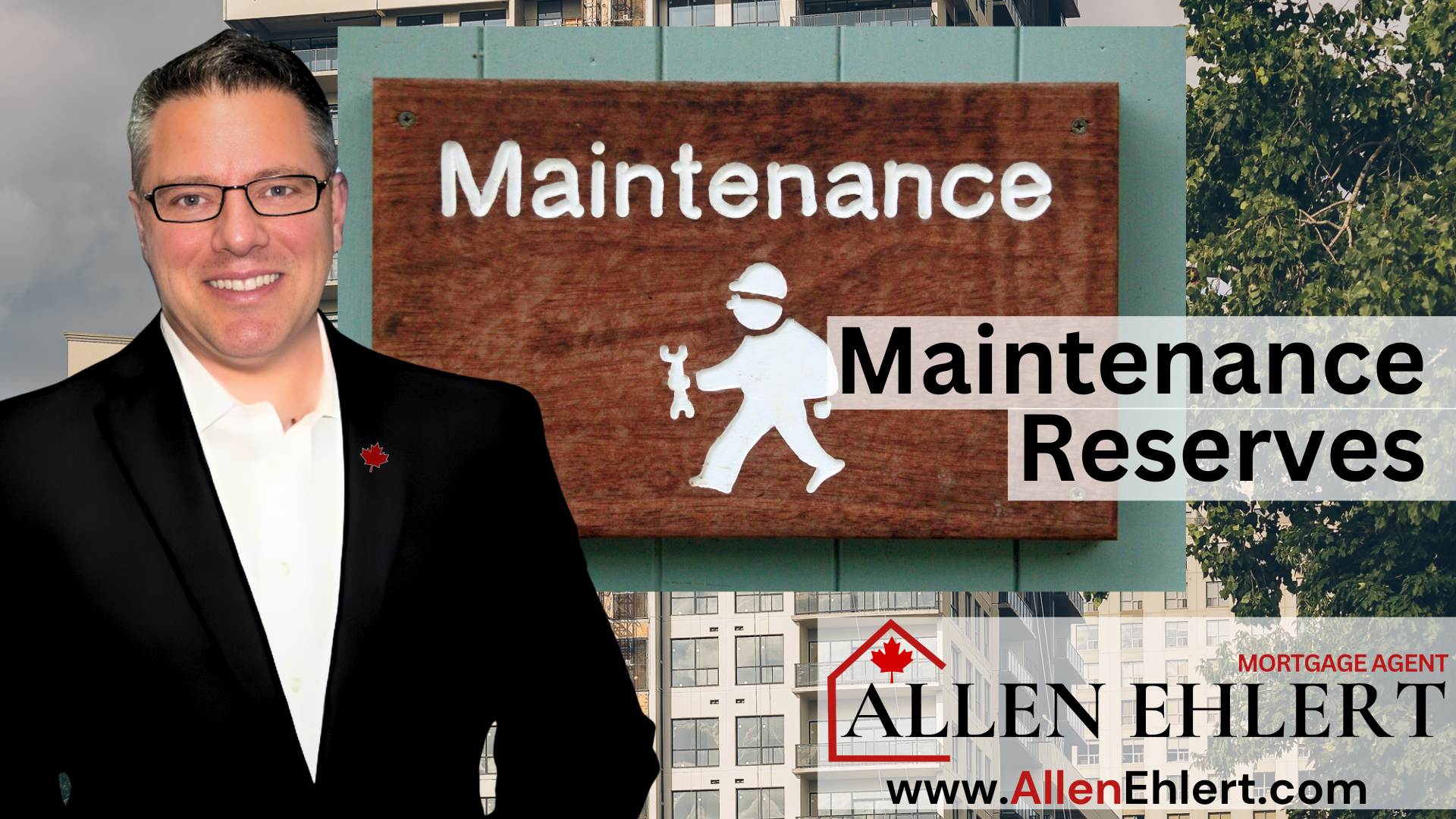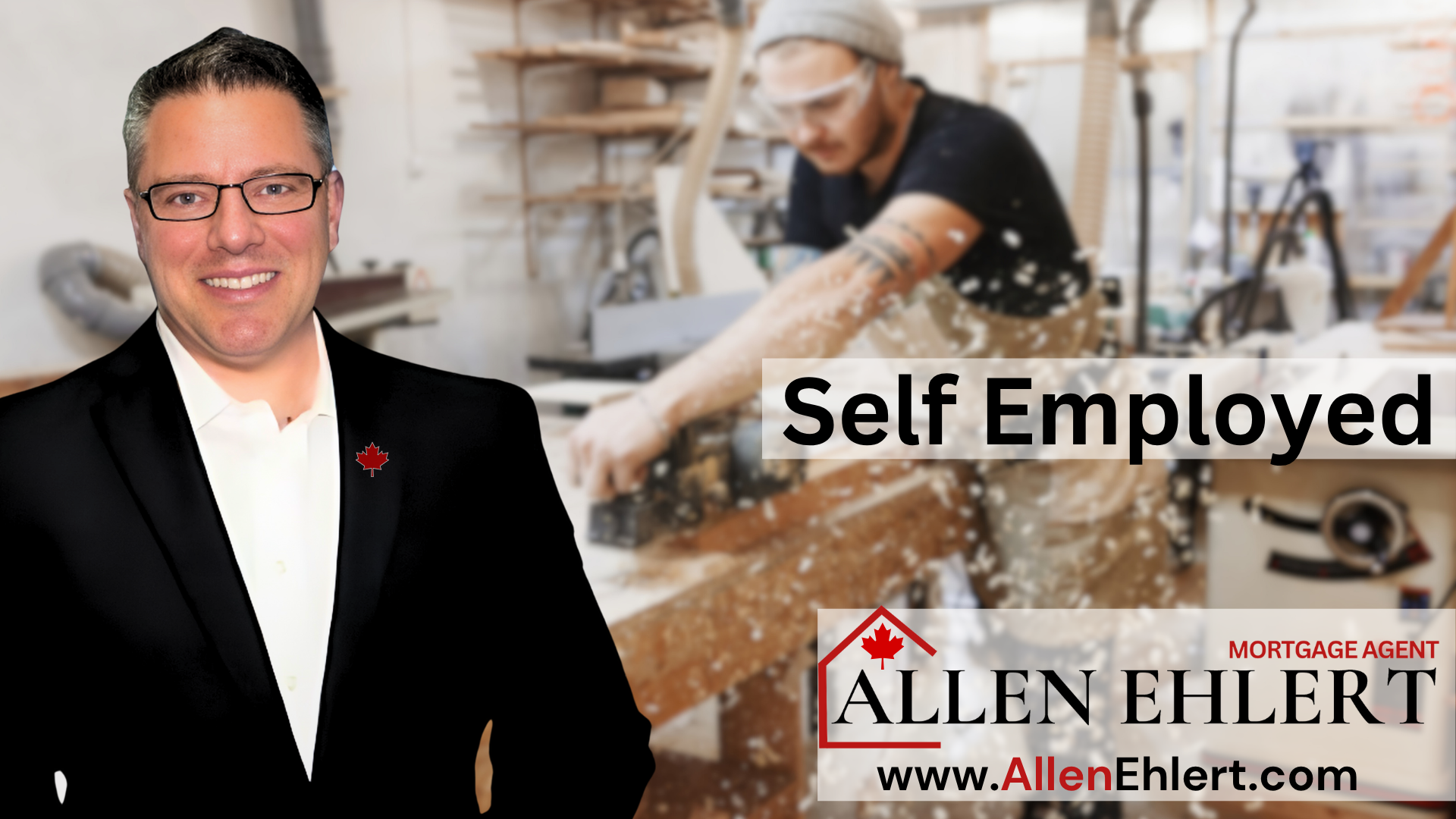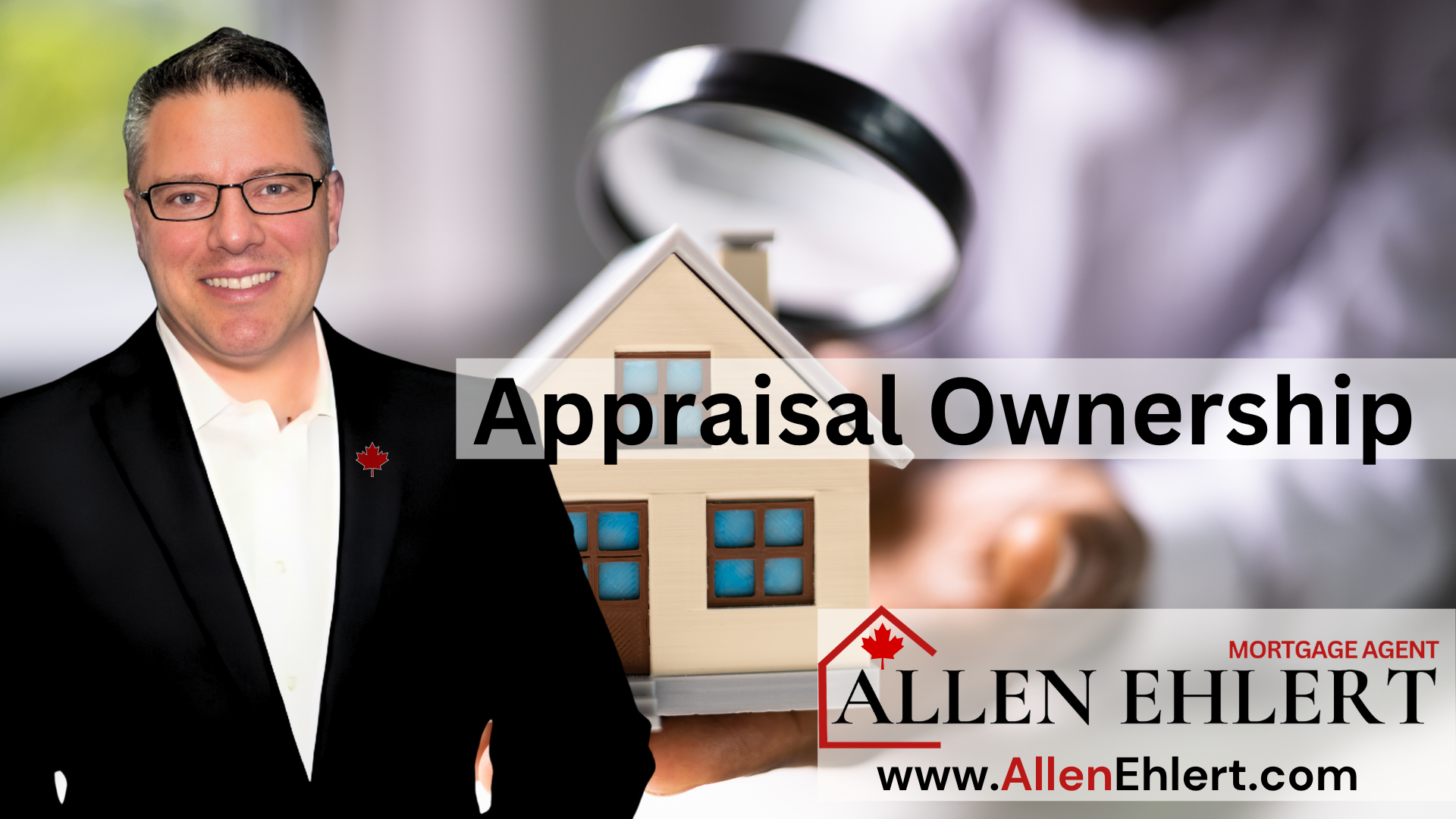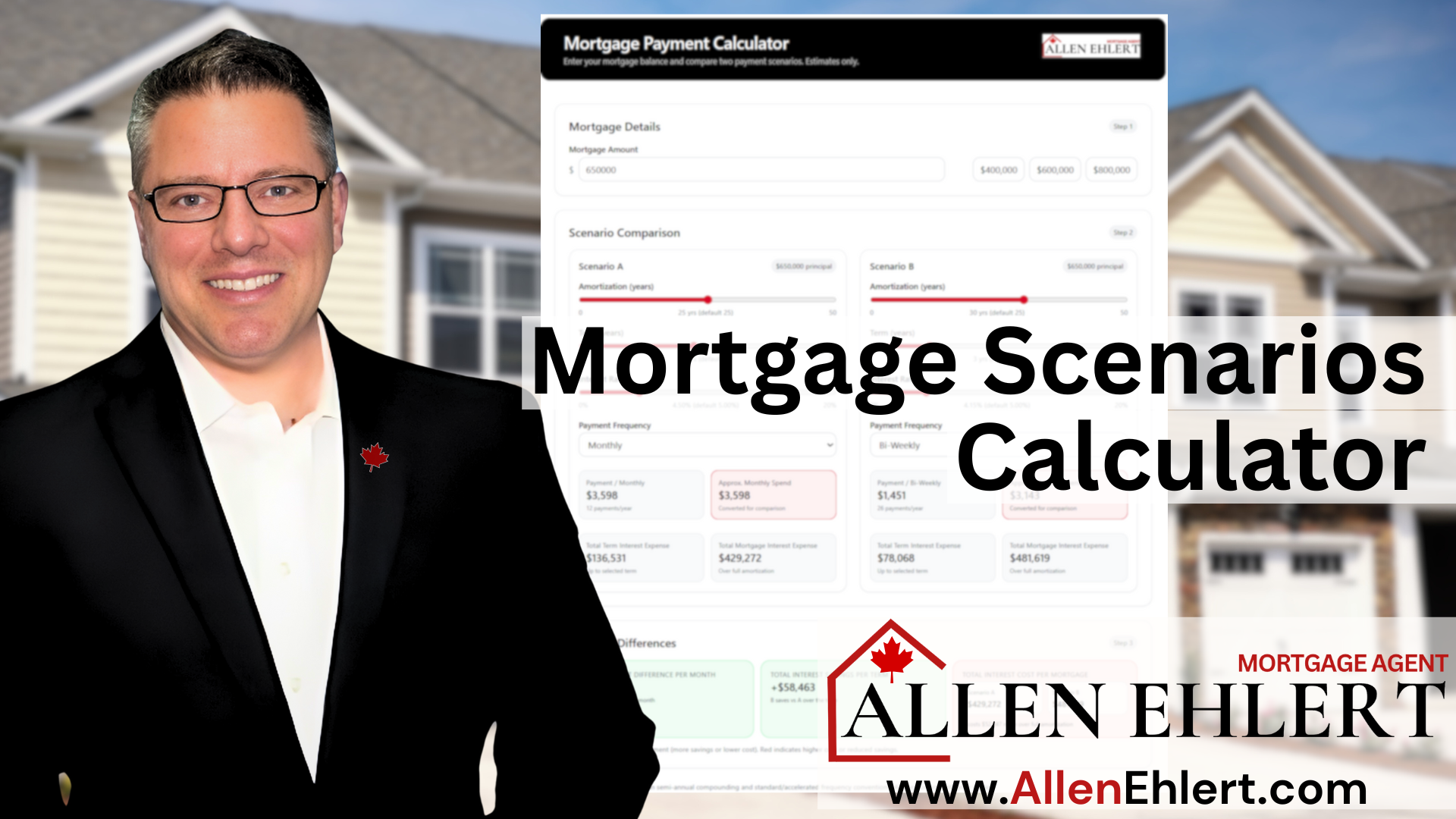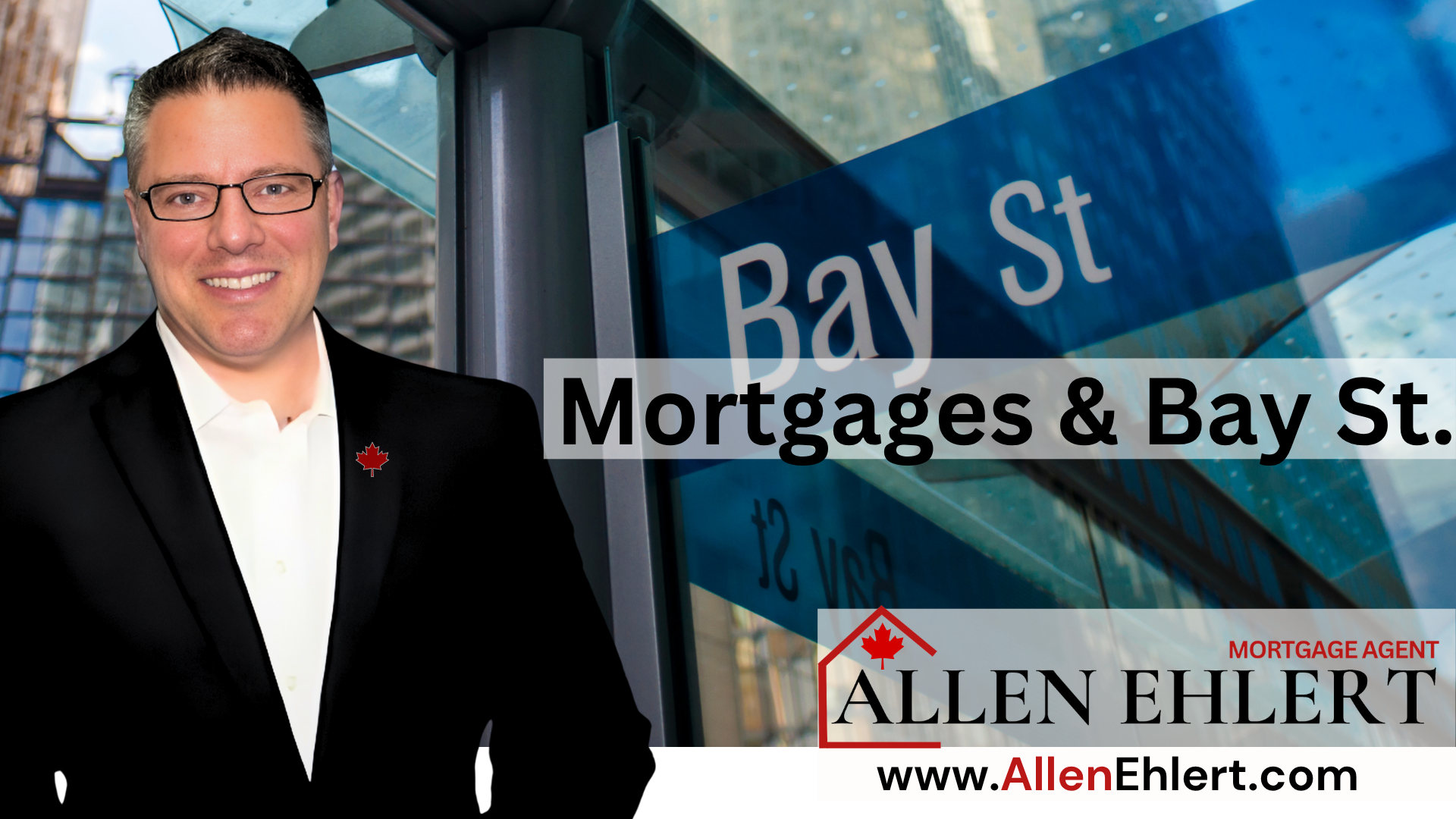Imagine you’ve found your dream home – the perfect location, ideal layout, and great potential. However, the property needs some upgrades and repairs to turn it into your ideal living space. This is where a Purchase Plus Improvements Mortgage comes in.
A Purchase Plus Improvements Mortgage is a financing option that allows you to include the cost of renovations in your mortgage. It’s a great solution for properties that require updates or repairs, as it combines the purchase price of the property and the cost of renovations into one convenient mortgage.
With a Purchase Plus Improvements Mortgage, you don’t have to worry about coming up with additional funds for renovations or taking out a separate loan. Instead, you can include the renovation costs into your mortgage and pay for them over the long term.
Whether it’s updating the kitchen, adding a new bathroom, or transforming the basement into a cozy living area, a Purchase Plus Improvements Mortgage can help you achieve your vision for your new home.
Key Takeaways:
- A Purchase Plus Improvements Mortgage allows you to include the cost of renovations in your mortgage.
- It’s a convenient financing option for properties that require updates or repairs.
- You can finance both the purchase price of the property and the cost of renovations together.
- By including the renovation costs in your mortgage, you can pay for them over the long term.
- This option allows you to turn a property with potential into your dream home.
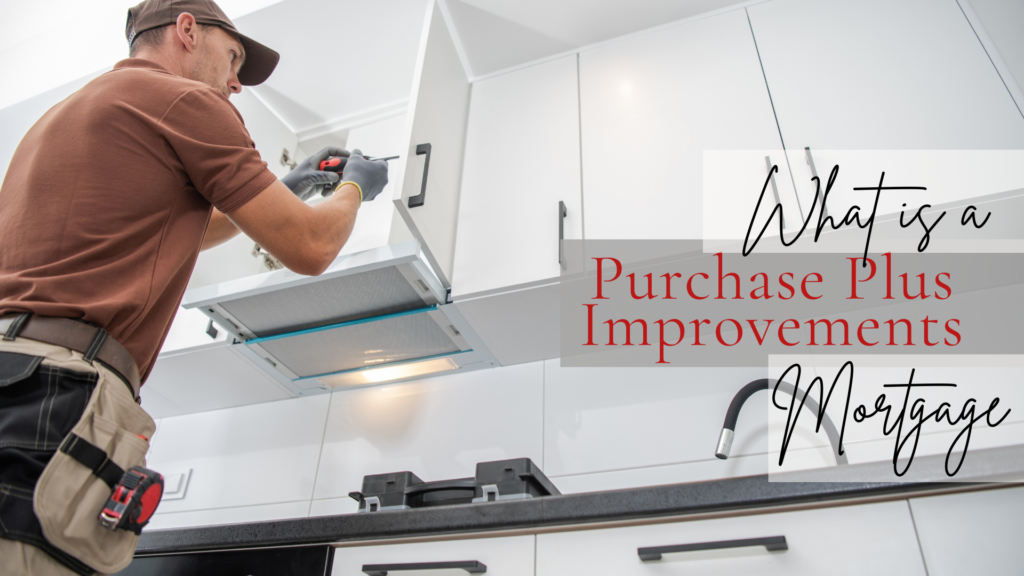
How Does a Purchase Plus Improvements Mortgage Work?
A Purchase Plus Improvements Mortgage offers a convenient solution for financing a property and the cost of renovations together. The process involves several steps that ensure a smooth and efficient transaction.
First, you, as the homebuyer, apply for a mortgage that includes the estimated cost of renovations. It’s essential to provide the contractor’s quote for the work upfront when making an offer to purchase the home. This allows the lender to assess the overall financing needed.
Once the purchase is completed, you need to obtain the funds required to complete the improvements. This can be done through various means, such as a line of credit, gifted money, or credit from a store or contractor. By securing the necessary funds, you can proceed with the renovations.
Typically, the improvements must be completed within 90 days after the purchase. This timeframe ensures that the work progresses efficiently and that the property’s value is enhanced in a reasonable period.
Once the renovations are finished, the lender will release the improvement funds, allowing you to cover the costs incurred. This seamless process ensures that the funds are used appropriately and that the property meets the desired standards.
Considerations for Maximizing the Value and Return on Investment
When utilizing a Purchase Plus Improvements Mortgage, it’s crucial to consider the type of renovations that add value to the property. Focus on projects that enhance functionality, aesthetics, and overall market appeal.
Additionally, it’s essential to avoid over-improving the property beyond the market value of the neighborhood. While renovations can increase a home’s value, it’s vital to strike a balance to achieve optimal return on investment.
By making informed choices and prioritizing high-value upgrades, you can ensure that the funds allocated for renovations yield the desired results.
An Example Table Displaying Financing Options
| Financing Options | Advantages | Disadvantages |
|---|---|---|
| Line of Credit | Flexibility in borrowing only what is needed for renovations | Higher interest rates and potential for overspending |
| Gifted Money | No repayment required | May not be available or limited in amount |
| Credit from Store or Contractor | Potential discounts or special financing options | Limited to specific products or services |
Examining the available financing options can help you determine the most suitable approach for funding the renovations while considering your financial situation and goals.
By understanding how a Purchase Plus Improvements Mortgage works and maximizing your investment through strategic renovations and appropriate financing, you can create your dream home while staying within your budget.
The Three Main Purchase Plus Improvements Mortgage Programs in Canada
When it comes to purchasing a property and financing the cost of renovations, there are three main providers of Purchase Plus Improvements Programs in Canada: CMHC (Canada Mortgage and Housing Corporation), Genworth, and Canada Guaranty. Each program has its own set of rules and benefits to offer homebuyers like you. Let’s take a closer look at what each program entails.
1. CMHC Purchase Plus
With CMHC Purchase Plus, you have the opportunity to finance up to 95% of the “as improved” value of the home. This means that you can include the cost of renovations in your mortgage, allowing for a more convenient and streamlined financing process. However, it’s important to note that CMHC limits improvement costs to 10% of the as improved value. This program offers a balance between maximizing your financing options and ensuring the improvements align with the overall value of the property.
| Program Name | Financing Options | Improvement Cost Limit |
|---|---|---|
| CMHC Purchase Plus | Up to 95% of “as improved” value | 10% of the as improved value |
2. Genworth Purchase Plus
Genworth offers a Purchase Plus program that allows for higher Total Debt Service Ratio (TDSR), giving you more flexibility in managing your finances. This means that you can allocate a higher portion of your income towards mortgage and renovation payments. Additionally, Genworth provides you with the flexibility to determine the renovation costs based on your specific needs and budget. This program caters to your unique financial circumstances and allows for greater control over your investment.
| Program Name | Total Debt Service Ratio (TDSR) | Renovation Cost Flexibility |
|---|---|---|
| Genworth Purchase Plus | Higher TDSR | Flexible renovation costs |
3. Canada Guaranty Purchase Plus
Canada Guaranty offers a Purchase Plus program that bases lending on either the purchase price or the improved value of the property, depending on which is lower. This allows you to choose the most favorable option for your specific situation. Whether you are purchasing a property at a lower price and planning extensive renovations or buying a property that already has substantial value, Canada Guaranty provides a flexible solution. This program ensures that your financing aligns with your unique real estate goals.
| Program Name | Purchase Price vs. Improved Value |
|---|---|
| Canada Guaranty Purchase Plus | Flexible lending options |
When considering a Purchase Plus Improvements Mortgage, it’s essential to understand the specific rules and benefits of each program. By choosing the program that aligns with your financial goals and preferences, you can make the most of this financing option and embark on a successful homebuying and renovation journey.
How to Get the Most Out of a Purchase Plus Improvements Mortgage
When you avail of a Purchase Plus Improvements Mortgage, it’s essential to strategize and focus on high-value upgrades to optimize your return on investment. By prioritizing certain areas of your home, you can maximize its market value and make the most of the purchase plus improvements program.
Identify High-Value Upgrades
Not all renovations are created equal when it comes to adding value to your property. To achieve an optimal return, concentrate on areas that have a greater potential for appreciation. Some key spaces to consider include:
- Kitchen: A modern, functional kitchen is highly sought after and can significantly increase the value of your home.
- Bathrooms: Upgrading your bathrooms, especially the master ensuite, can greatly enhance your property’s appeal and desirability.
- Basement: Renovating an unfinished basement or transforming it into a livable space can provide additional square footage and significantly elevate your home’s value.
By focusing on these high-value areas, you can make targeted improvements that will attract potential buyers and fetch a higher selling price.
Understanding Diminishing Returns
It’s important to recognize the concept of diminishing returns when planning your renovations. As you invest more in upgrades, the incremental increase in market value decreases. This means that the first investments will likely have a more significant impact on your home’s worth compared to subsequent improvements.
“To spend the least amount of money for the best-looking upgrades at a reasonable quality is the key to achieving the greatest return on your investment.”
Consider the cost-effectiveness of each renovation project and prioritize those that offer the highest returns. This strategic approach will help you allocate your budget wisely and avoid overspending on improvements that may not provide a proportional increase in your home’s value.
Now let’s take a look at a hypothetical scenario to highlight the impact of diminishing returns on a home renovation:
| Renovation Project | Cost | Estimated Increase in Market Value |
|---|---|---|
| Upgrading Kitchen Appliances | $5,000 | $7,000 |
| Installing Granite Countertops | $10,000 | $12,000 |
| Renovating Master Bathroom | $15,000 | $15,000 |
| Remodeling Basement | $25,000 | $15,000 |
In the example above, spending $5,000 on upgrading kitchen appliances yields an estimated $7,000 increase in market value, providing a favorable return on investment. However, investing an additional $10,000 in granite countertops only provides a $2,000 incremental increase in value. This demonstrates the diminishing returns as the renovation costs increase.
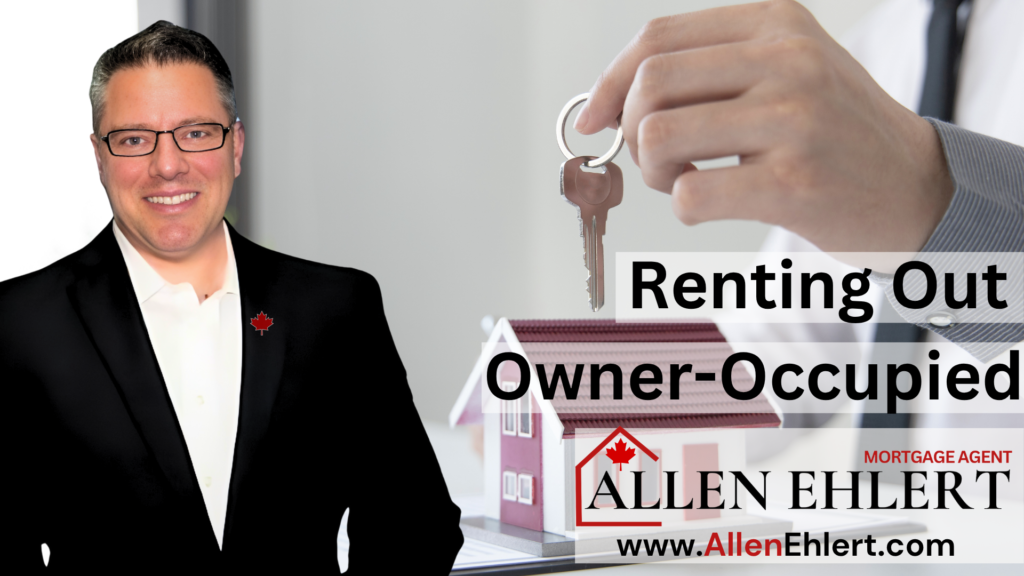
Reno-Remodel Investment Principle
A good principle to follow is that improvements that you can ‘see’, have more value and greater return on investment than structural improvements that you can’t ‘see’. For example, improving the ‘curb appeal’ of your home returns greater value than improving the deck in your backyard because people can ‘see’ the improvement from the street; they can’t see your deck. Likewise, for the inside of your home, new paint is probably the single biggest improvement you can make, dollar for dollar than any other improvement. You may get more practical usage out of remodelling your basement, but upgrading your countertops, while not adding any additional functional value, is a better investment, as crazy as it sounds.
By understanding the concept of diminishing returns and prioritizing cost-effective upgrades, you can make informed decisions to maximize your return on investment with a Purchase Plus Improvements Mortgage.
Things to Consider When Applying for a Purchase Plus Improvements Mortgage
When applying for a Purchase Plus Improvements Mortgage, there are several factors to consider. Eligibility requirements, renovation time limits, and alternative financing options all play a significant role in the decision-making process.
Eligibility
Eligibility requirements for a Purchase Plus Improvements Mortgage can vary depending on the property type. It’s important to understand the specific guidelines set by the mortgage provider to ensure you meet the necessary criteria. For example, some lenders may require a minimum equity amount to be established before approving the mortgage.
Renovation Time Limits
Different lenders may have varying time limits for completing the renovations included in the mortgage. It’s essential to choose a lender with a suitable time limit based on the scope of your renovation plans. Ensure that the given timeline aligns with your expected completion date to avoid any potential issues.
Alternatives to Financing
While a Purchase Plus Improvements Mortgage is a convenient financing option, it’s important to consider alternative ways to fund your home renovations as well. Cash, credit cards, and home equity lines of credit (HELOCs) are viable options to explore. Each alternative has its own advantages and disadvantages, so carefully weigh the pros and cons to determine the best fit for your financial circumstances.
By considering these factors, you can make informed decisions when applying for a Purchase Plus Improvements Mortgage, ensuring that you are eligible, well within the renovation time limits, and exploring alternative financing options.
Conclusion
A Purchase Plus Improvements Mortgage is a valuable financing option for homebuyers looking to combine the purchase of a property with the cost of renovations. By understanding how this program works and considering factors such as high-value upgrades and alternative financing options, you can make informed decisions and unlock the potential of home ownership and renovations.
With careful planning, you can maximize the benefits of a Purchase Plus Improvements Mortgage. Focus on high-value upgrades in areas such as the kitchen, bathrooms, and basement to achieve the optimal return on investment. Remember that there is a diminishing rate of return for improvement costs, so spend wisely to get the best-looking upgrades at a reasonable quality.
When applying for a Purchase Plus Improvements Mortgage, consider the eligibility requirements, renovation time limits, and explore alternatives to financing. Different lenders may have different criteria and time limits, so choose the one that aligns with your needs. Additionally, explore other financing options such as cash, credit cards, or home equity lines of credit (HELOCs) to ensure you make the best decision for your financial situation.
Ultimately, a Purchase Plus Improvements Mortgage provides you with a convenient and cost-effective way to finance both the purchase of a property and the renovations. By utilizing this financing option and carefully considering your choices, you can create your dream home and improve your living space.
FAQ
What is a Purchase Plus Improvements Mortgage?
A Purchase Plus Improvements Mortgage is a financing option that allows homebuyers to include the cost of renovations in their mortgage. This program is ideal for properties that require updates or repairs.
How does a Purchase Plus Improvements Mortgage work?
First, the homebuyer applies for a mortgage, including the cost of renovations. The contractor’s quote for the work to be done should be provided upfront with the offer to purchase the home. After the purchase is completed, the borrower needs to come up with the funds to complete the improvements. Once the improvements are finished, the lender will release the improvement funds.
What are the three main providers of Purchase Plus Improvements Programs in Canada?
The three main providers of Purchase Plus Improvements Programs in Canada are CMHC (Canada Mortgage and Housing Corporation), Genworth, and Canada Guaranty.
How can I get the most out of a Purchase Plus Improvements Mortgage?
To maximize the benefits of a Purchase Plus Improvements Mortgage, focus on high-value upgrades such as the kitchen, bathrooms, and basement. Be aware of the diminishing rate of return for improvement costs and spend the least amount of money for the best looking upgrades at a reasonable quality.
What are some things to consider when applying for a Purchase Plus Improvements Mortgage?
Eligibility requirements vary depending on the property type, and minimum equity requirements must be met. Different lenders offer different time limits for completing the renovations, so choose a lender with a suitable time limit. Consider alternative ways to finance a home renovation, such as cash, credit cards, or home equity lines of credit (HELOCs).
What are the benefits of a Purchase Plus Improvements Mortgage?
A Purchase Plus Improvements Mortgage allows homebuyers to finance both the purchase price of the property and the cost of renovations together, making it a convenient and cost-effective solution. It also offers an opportunity to increase the value of the property and create a personalized living space.



